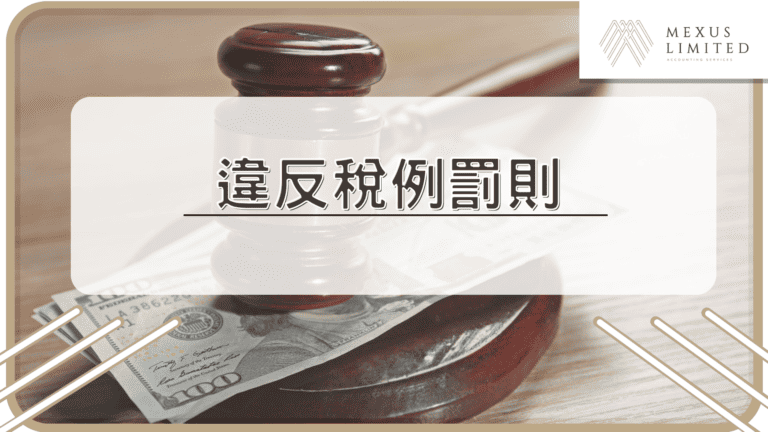How does the Employment Ordinance define maternity leave? What are the original qualifications for employees to obtain paid maternity leave?

Pregnancy and childbirth are definitely major events in life, but due to a long due date, it may affect work arrangements. How to “arrange maternity leave” is a common concern of many personnel department employees and employers. In 2020, the Hong Kong government increased the maternity leave requirement from 10 weeks to 14 weeks. Under the protection of the Hong Kong Labor Law and the Employment Ordinance, there are clear guidelines for the arrangement of taking maternity leave. Whether it is early delivery or taking unpaid maternity leave, these questions will be introduced to you one by one in this article.
How does the Employment Ordinance define maternity leave?
Regarding the arrangement of maternity leave, if the female employee serves the employer under a continuous contract before she needs to take maternity leave, she informs the employer that she needs to take maternity leave to prepare for pregnancy, and she is entitled to maternity leave.
Under the definition of the Employment Ordinance, maternity leave has the following characteristics:
• 14 consecutive weeks of maternity leave;
• If the date of confinement is later than the expected date of confinement, the employee is entitled to an additional period of maternity leave from the day following the expected date of confinement to the actual date of confinement;
• Up to 4 additional weeks of vacation time in the event of an employee’s illness or inability to work due to pregnancy or childbirth.
What kind of employee is eligible for paid maternity leave?
Under the protection of the Employment Ordinance, how to judge whether the employee is eligible for paid maternity leave? Eligible pregnant employees are entitled to 14 weeks of maternity leave as defined by law by referring to the following items:
• have been employed under a continuous contract for 40 weeks prior to the commencement of maternity leave;
• Present a medical certificate confirming the pregnancy and notify the employer of the pregnancy and maternity leave arrangements;
• If requested by the employer, the employee must submit to the employer a medical certificate stating the expected date of birth.
If the employee has not served on a continuous contract for 40 weeks before the maternity leave is established, he or she is generally entitled to 14 weeks of unpaid maternity leave after giving the employer notice of pregnancy and preparation to take maternity leave.
How should an employer arrange for a pregnant employee to take maternity leave?
Regarding the arrangements for taking maternity leave during childbirth, according to the regulations, if the employer agrees, pregnant employees can choose to start maternity leave at any time 2 to 4 weeks before the expected date of delivery.
If the employer does not agree to the above requirements, or the pregnant employee does not take the initiative, the maternity leave will be maintained 4 weeks before the expected date of delivery.
Early labor and unfortunate miscarriage?
The time of confinement may not be as expected, once the pregnant employee has given birth before the maternity leave begins, the maternity leave start date will automatically become the date of confinement.
If this is the case, it is the employee’s responsibility to notify the employer within 7 days of confinement and to arrange as soon as possible the intention to take 14 weeks of maternity leave.
It should be noted that if the employee is at or after 24 weeks of pregnancy, the condition of giving birth to a baby is a “delivery” that the law should allow. In the unfortunate case of miscarriage, the employee is still entitled to take maternity leave, provided that other required conditions are met, and a certificate issued by a professional medical professional is required as a supporting document.
The above information is for reference only. If you have any questions about entrepreneurship, labor law, or accounting, we welcome your inquiries.


